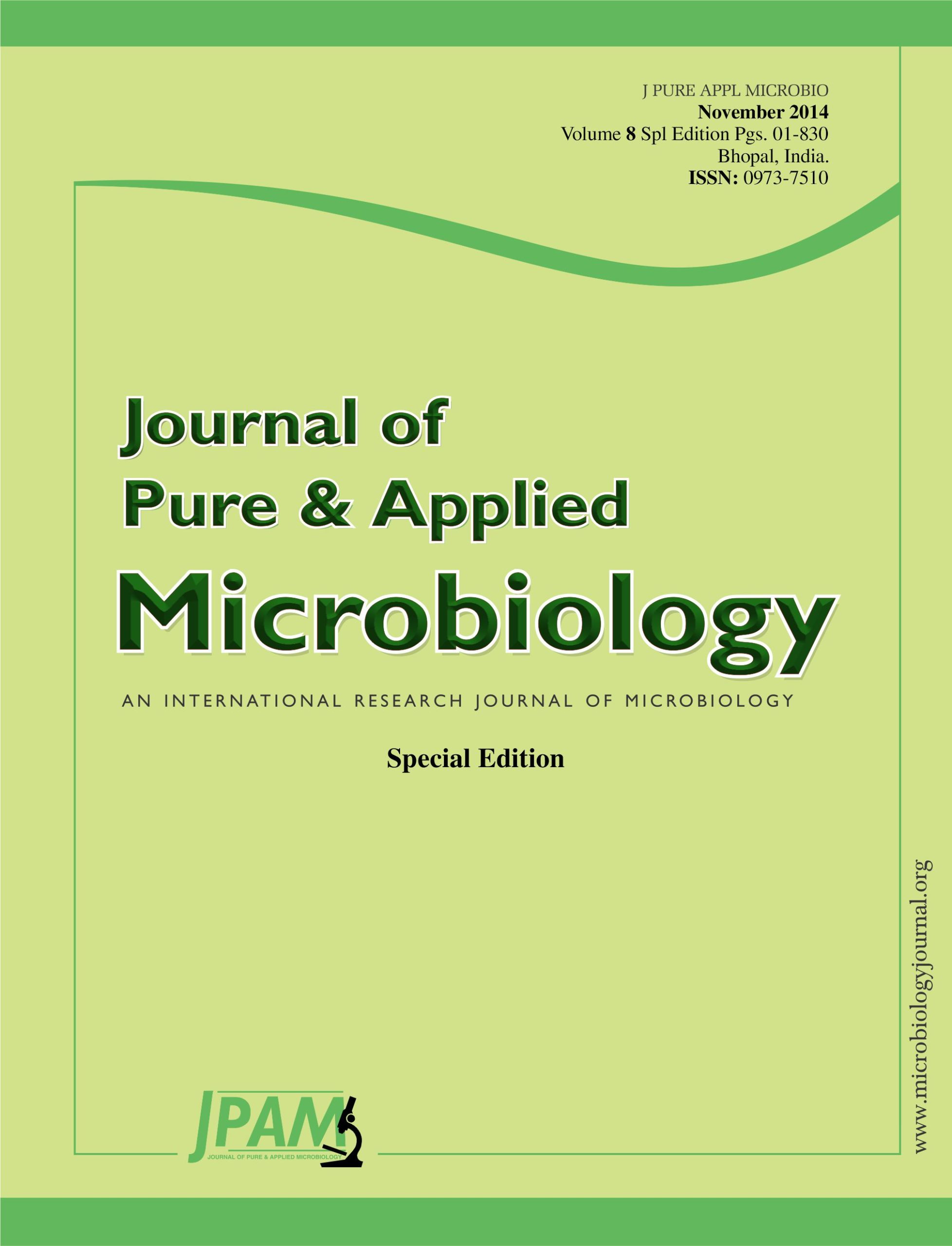This study aimed to assess the richness and diversity of ACC deaminase-producing bacteria (ADPB) in native plant rhizospheres, and also to screen ADPB isolates for further development. In September 2013 (summer) and February 2014 (winter), we sampled three types of plants Saudeasalva (SS), Imperata koenigii (IK), and Phragmites australis (PA) with distinct salt-tolerant abilities from the reserve. Using enrichment culture method together with amplifed ribosomal DNA restriction analysis technology, an average of 23.25 (20.5), 23.75 (13.75), and 21.50 (11.75) ADPB were screened out corresponding to SS, IK, and PA in summer (winter). 16S rRNA gene sequence data showed that there were 5 and 8 OTUs in summer and winter respectively, in which, Klebsiella was the absolutely dominant genus, while before enrichment, Pseudomonas was the dominant genus as revealed by PCR-DGGE. The comparison of ADPB communities among three plants reflected that there is no correlation between ADPB population in rhizosphere and salt-tolerant abilities. Two representative isolates of each OUT were determined for the possible plant growth-promoting traits, among which, Sphingobacterium sp. is the first reported isolate with the ability of producing ACC deaminase. Surprisingly, all isolates were gram-negative, suggesting that most ADPB in nature may belong to Gram-negative group.
ACC deaminase-producing bacteria (ADPB), Amplifed ribosomal DNA restriction analysis (ARDRA), Enrichment culture, The Red-crowned Crane National Nature Reserve
© The Author(s) 2014. Open Access. This article is distributed under the terms of the Creative Commons Attribution 4.0 International License which permits unrestricted use, sharing, distribution, and reproduction in any medium, provided you give appropriate credit to the original author(s) and the source, provide a link to the Creative Commons license, and indicate if changes were made.


